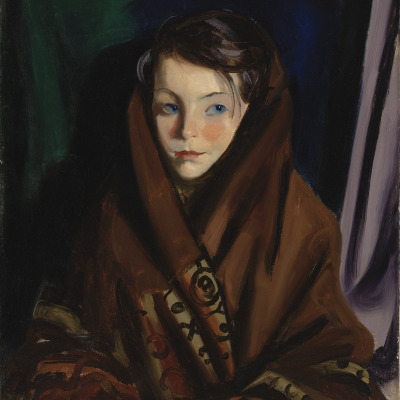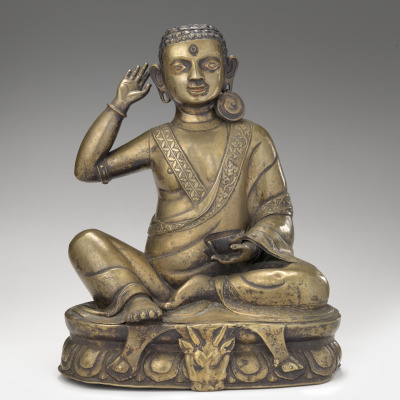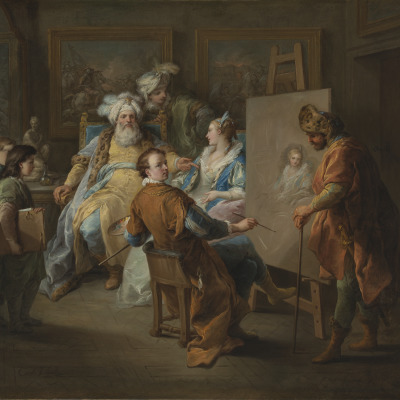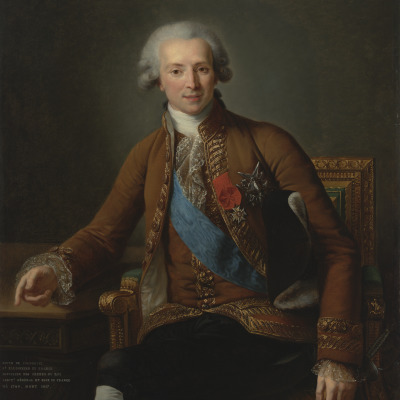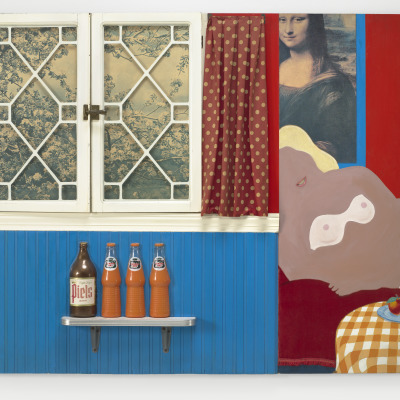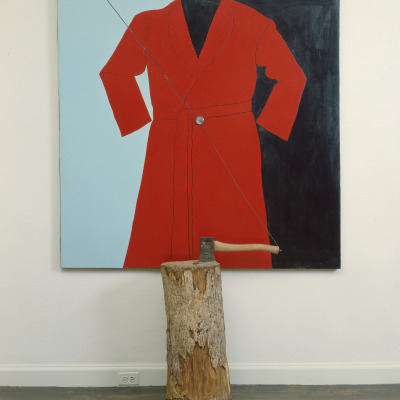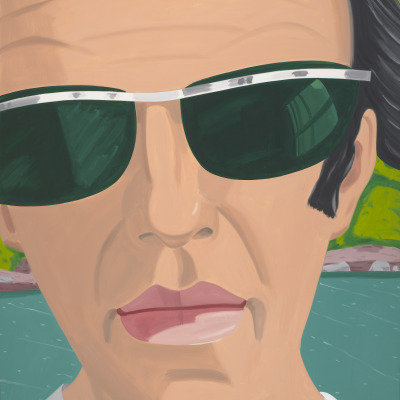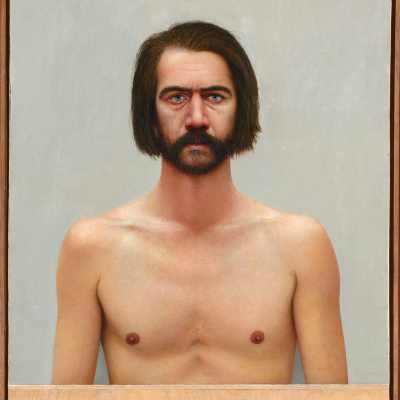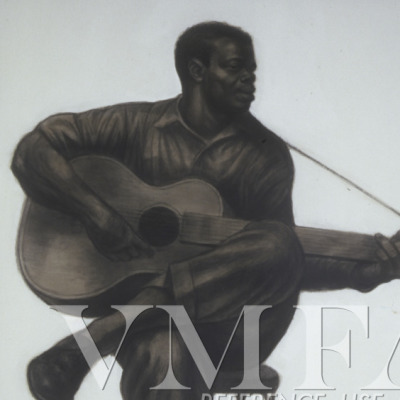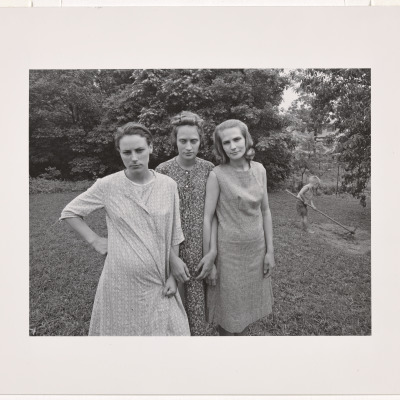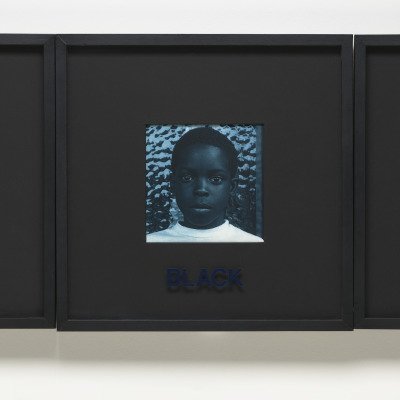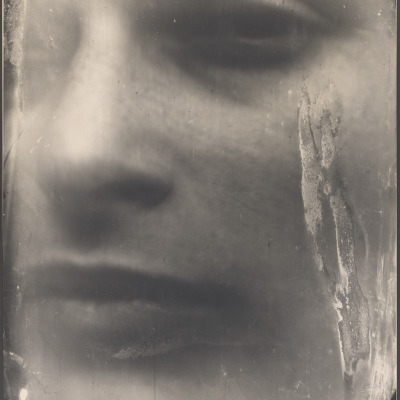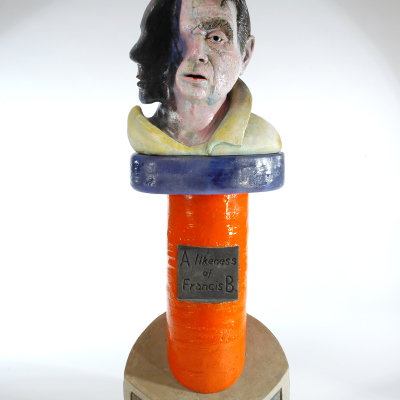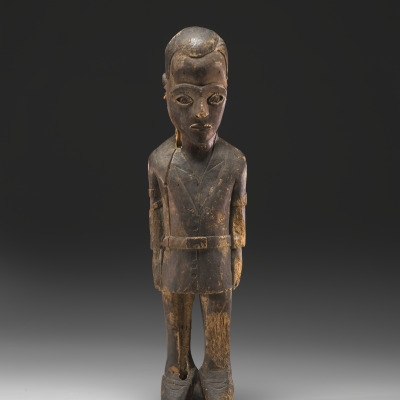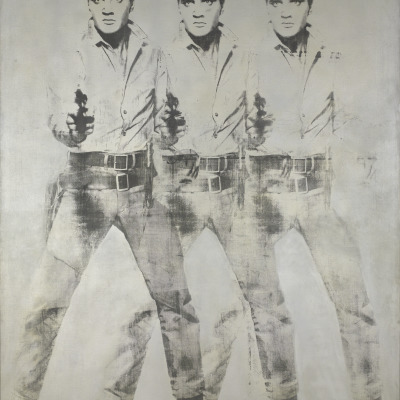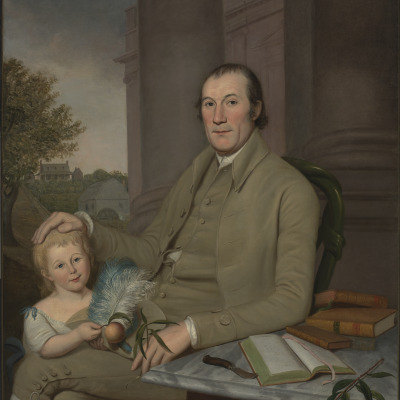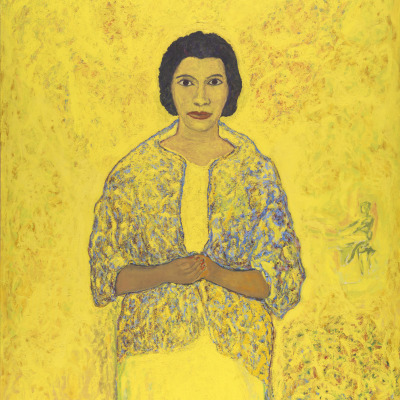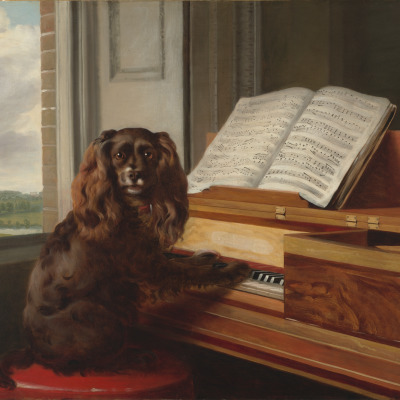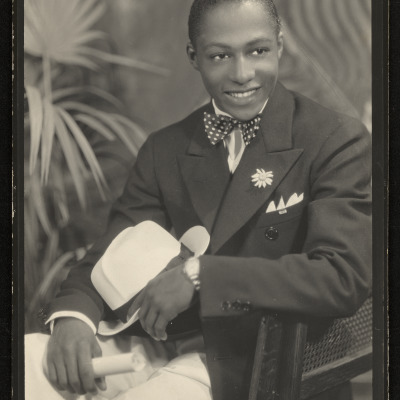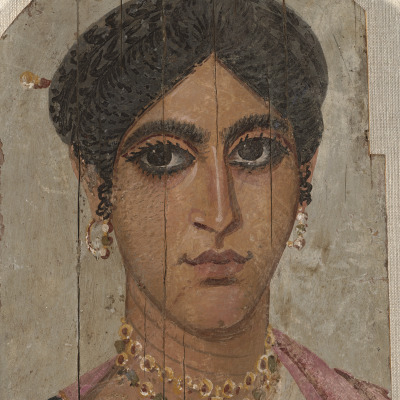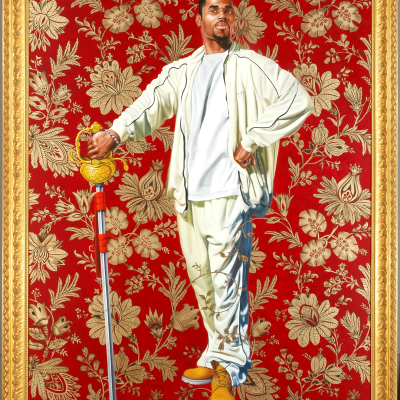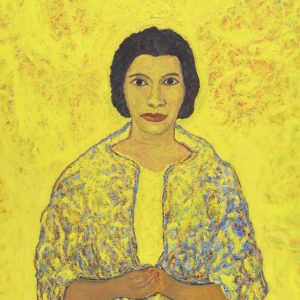
Thematic Explorations: Portraits
Explore the different ways artists represent individuals in portraits and see what we can learn about the time period in which they were created, the lives of the subjects, and the thoughts of the artists.
Talking Heads: What can portraits tell us?
Portraits are artworks created by artists to be representations of specific people, animals, or even a representation of themselves (this is called a self-portrait). In this resource we will be exploring all the different ways artists represent individuals in portraits and see what we can learn from them about the time period, cultures, customs, individuals, and artists themselves.
Hunting for Clues in Portraits
Portraits can give us insights into many different things; the time period they were created in, the lives of the subjects, and the thoughts of the artists. Before we take a closer look at a few different portraits and see what we can learn, consider the following questions:
Who?
- Who is in this portrait? What clues are there to tell us who they might be?
- What do you notice about the subject and how they are portrayed?
What?
- What kind of portrait is this? Is it a self-portrait (of the artist), a portrait of another person, or a portrait of an animal?
- What materials might this portrait be made out of? What can we learn about the artist and the subject from this?
When?
- When was this portrait made? What clues are there that might tell us?
- What can we learn about this time period from this portrait?
Where?
- Where might the subject of this portrait be from? Are there any clues included in the portrait that might tell us about their culture or background?
- Where is this portrait set? Do you recognize anything in the portrait background? Is it outside, or inside? Is the background a real place, or created in the imagination of the artist’s head?
Why?
- Why was this portrait made? Was it to remember someone, or to promote someone, or to share a specific idea?
- Why did the artist portray the subject how they did? What might have influenced the artist to portray the subject this way?
Hunting for Clues: Who
Artists often create portraits of people to help their memory to live on, or to share specific details about the subject. These portraits are often full of clues as to what the subject did for their job, where they lived, what time period they lived in, and what they want other people to know about them. Let’s investigate a few portraits and see what we can learn about who the subjects are.
As you look at the next two portraits, remember to consider the “who” questions:
- Who is in this portrait?
- What clues are there to tell us who they might be?
- What do you notice about the subject and how they are portrayed?
Hunting for clues: What?
One of the first questions we can ask ourselves when looking at a portrait is “what am I looking at?”. By taking a “visual inventory”, slowly looking and considering every part of the artwork from images to colors to textures to style, we can learn a lot about a portrait.
As you look at this portrait, remember to consider the “what” questions:
- What kind of portrait is this? Is it a self-portrait (of the artist), a portrait of another person, or a portrait of an animal?
- What materials might this portrait be made out of?
- What can we learn about the artist and the subject from this?
SURPRISE ME! Exploring “A Likeness of Francis B.” by Robert Arneson
Click on the pop-up hot spots on the image of the sculpture below to reveal intriguing information about this portrait!
Take some time to observe this portrait – what did you notice about it, what stands out to you? How is this portrait different from other portraits we have looked at? What materials do you think it might be made of? What do you think the texture might be like if you were able to touch it?
This portrait is titled “A Likeness of Francis B.” and is by American sculptor Robert Arneson. Arneson is known for creating ceramic, sculptural self-portraits and portraits of other artists reflecting their personal artistic style. This portrait depicts Francis Bacon, a British abstract painter. Click below to learn more about this portrait!
A Likeness of Francis B., by Robert Arneson, 1981, glazed ceramic, Gift of Sydney and Frances Lewis, 85.357a-b
Hunting for clues: When?
As we saw with William Smith and Marian Anderson’s portraits, portraits are often created to convey importance, and to share the things or ideas that are significant to the subject. While portraits can teach us a lot about the subjects, we can also learn from them about the time period they were created in and how that influenced the artist.
As you look at this portrait, remember to consider the “when” questions:
- When was this portrait made? What clues are there that might tell us?
- What can we learn about this time period from this portrait?
Hunting for Clues: Where?
The more we understand about the way subjects are portrayed in portraits, the more we can learn about the culture and background of the subjects, which are often influenced by where the artist or subject came from.
As you look at this portrait, remember to consider the “where” questions:
- Where might the subject of this portrait be from? Are there any clues included in the portrait that might tell us about their culture or background?
- Where is this portrait set? Do you recognize anything in the portrait background? Is it outside, or inside? Is the background a real place, or created in the imagination of the artist’s head?
Hunting for Clues: Why?
As you look at these portraits, remember to consider the “why” questions:
- Why was this portrait made? Was it to remember someone, or to promote someone, or to share a specific idea?
- Why did the artist portray the subject how they did? What might have influenced the artist to portray the subject this way?
SURPRISE ME! Exploring Willem van Heythuysen
Click on the pop-up hot spots on the image of the painting below to reveal intriguing information about this portrait!
Take some time to observe this portrait – what did you notice about it, what stands out to you? How is this portrait different from other portraits we have looked at? Before you click below to learn more, why do you think the artist might have made this portrait?
This portrait is titled “Willem van Heythuysen” and was painted by contemporary artist Kehinde Wiley. Wiley uses other portraits (often older, traditional portraits not too different from the portrait of William Smith) as inspiration for his paintings, but uses contemporary African-American subjects instead of the original subjects. This particular portrait references a 1625 painting of a Dutch merchant by Frans Hals. Click below to learn more about this portrait!
Reflection Questions
Now that you’ve looked at all these examples of portraits and learned about the materials, artists, and meanings behind many of them, take a few minutes to think about these reflection questions:
- What did you learn about the different ways portraits are created?
- How does the way a portrait’s subject is portrayed affect how you think about the person in the portrait?
- If you were to have a portrait created of yourself, how would you want to be portrayed?
- If you were to create a portrait of a close friend or family member, how would you portray them?
Activity: Create Your Own Portrait
Think about the following questions as you contemplate what you would like your own self-portrait to look like:
- What are your hobbies?
- What colors do you think represent your personality?
- What objects are important to you?
- What places are important to you?
